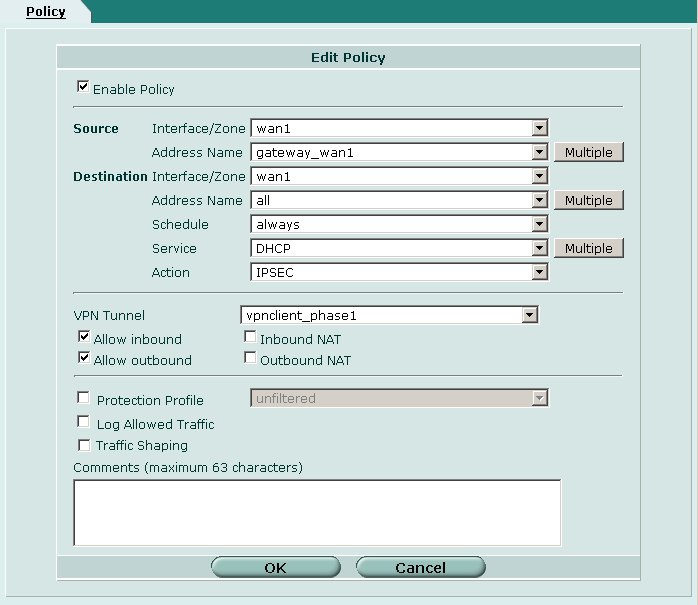Traffic Shaping Policy Fortigate
TS in FOS is quite effective if - hosts are using unique source addresses (no NAT of a whole subnet behind just one address) - you can live with non-cooperative throttling Background for the latter: suppose you have 100 Mbps WAN bandwidth, and 10 subnets sharing the WAN line. For fairness you limit each subnet's bw to 10 Mbps. Now, at night, there's 90 Mbps available - but one subnet cannot use it fully, only the assigned 10 Mbps. That's what I call 'non-cooperative'.

Additionally, TS for incoming traffic doesn't really work well. TS uses packet dropping only, TCP cares, UDP doesn't. But then again, TS comes for free. Always comes in handy to throttle down that occasional leecher.
Fortigate 50b traffic shaping not working properly? 40mr2/ fortigate-traffic-shaping-40. On the same policy as your traffic shaping rule and use the default. Traffic shaping, when included in a firewall policy, controls the bandwidth available to, and sets the priority of the traffic processed by, the policy. Traffic shaping makes it possible to control which policies have the highest priority when large amounts of data are moving through the FortiGate unit.
Traffic Shaping Policy Fortigate Cli
How to Use Traffic ShaperTraffic Shaper: is a technique which delays some or all to bring them into compliance with a desired traffic profile.